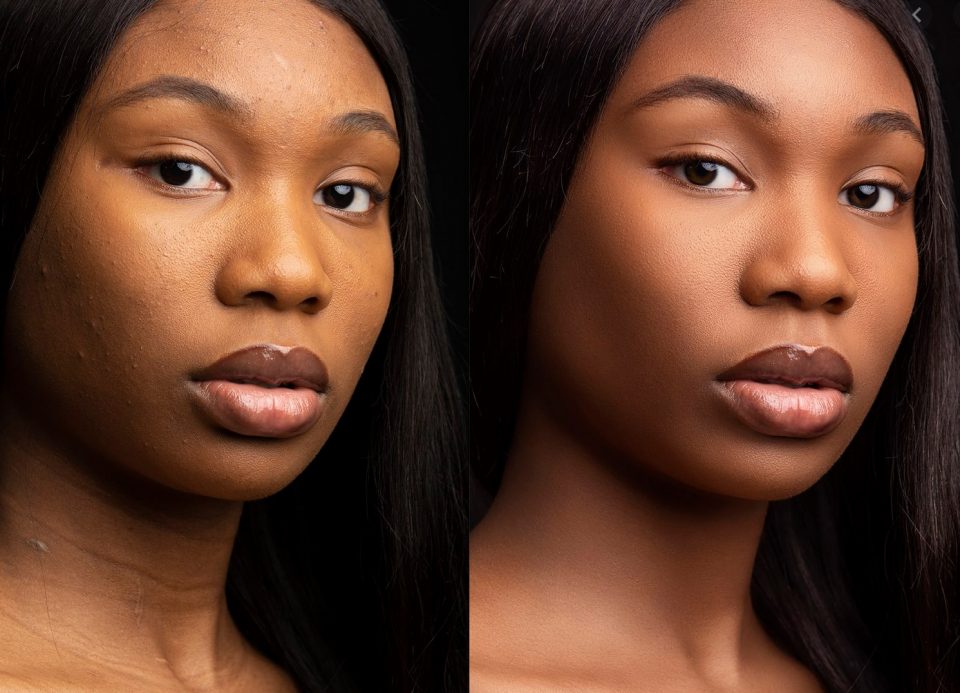Photos are a great way of capturing a moment. Without any doubt, we see much more than just things that are depicted on it. Also, we relive the moment, with all the emotions and things that preceded it or what happened after. A couple of years ago, they were taken mostly in events, like marriage, birthdays, etc.
However, we can see that people take pictures more than ever. The reason is pretty simple, every mobile phone has a camera, usually a high-quality one. So, it’s no wonder that people are taking pictures whenever they have the chance. However, that doesn’t mean that the need for professional photographers ceased to exist.
Surely, there is a difference between professionals and amateurs. Professionals have the knowledge about how to use light properly, how to manipulate colors, how to focus, etc. Also, they know how to edit a photo and retouch it when needed. It can be said that these two skills are necessary for everyone who would like to become a professional.
With the technology being more accessible now more than ever, we can see that obtaining these skills is pretty easy. The same can be said about video editing. If you are interested in looking at the best free video editing software, be sure to consult this source. Now, we would like to discuss the differences between retouching and editing photos. Without further ado, let’s get started.
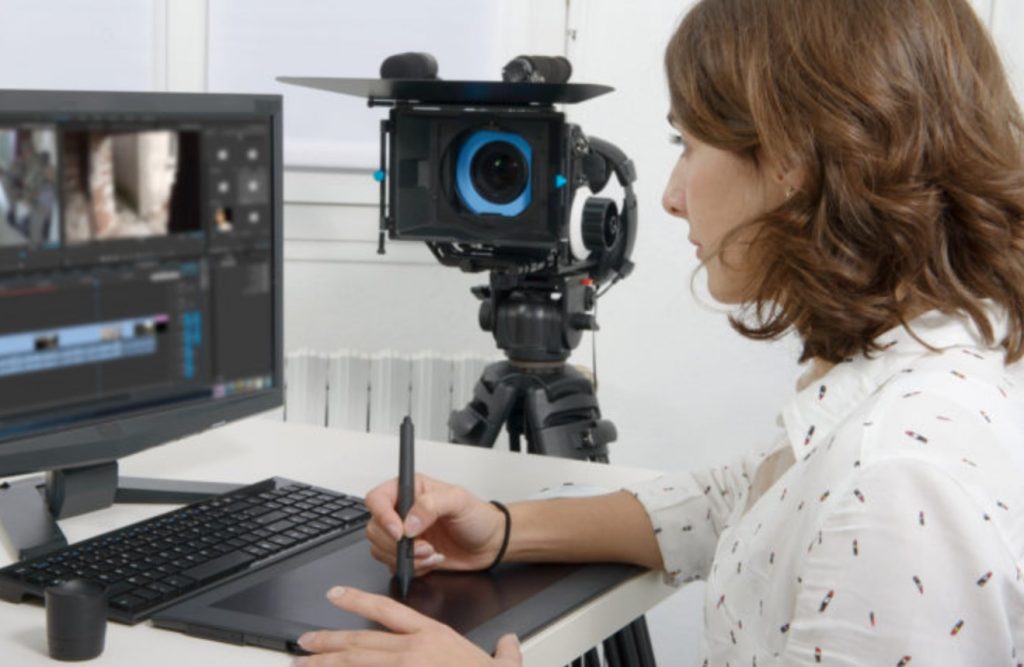
What is a Photo Editing?
Probably the best way to describe photo editing is to say that it is the most important thing for photo manipulation. When a photographer has significant experience in this field, there’s a possibility of editing a high number of photos in one day.
Some of the most important actions in editing are resizing, cropping, and adjusting the levels of contrast and colors. Thankfully, we can see that these processes are automated with some software, which makes the process much faster and effective.
However, that doesn’t mean that this process doesn’t require an experienced eye in some moments. We made it sound pretty easy simply because we were talking about those who already have experience. If not, it could take a lot of practice if you want the image to look as best as it can.
For example, editing the color contrast can be a challenging thing to do. Also, bringing something from the background into the focus can be a hard thing to do. Basically, there are a lot of different things that you might need to take care of during the process.

Culling Process
The first thing that needs to be done when conducting editing, is to perform culling. We are talking about the process of going through all the pictures that were taken at a certain event and choosing the best ones.
That way, you can prevent doing unnecessary work since not all of the pictures you have taken will be chosen by your client, right? Therefore, this is something that you should do before conducting the actual process.
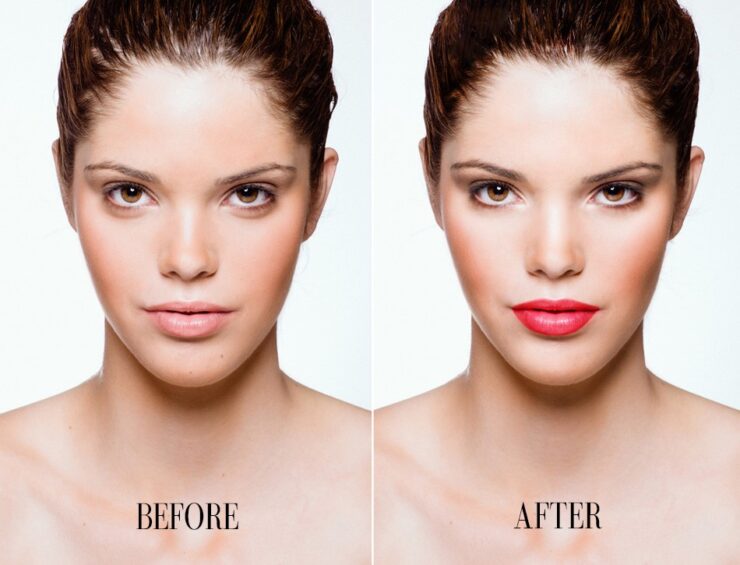
What is Photo Retouching?
After you’ve mastered editing, then the next step would be retouching. It requires a lot of skill and a lot of subtlety. The best examples of situations when this is done can be found in magazines when models have much smoother skin than in reality. It needs to be said that retouching should be done when editing is simply not enough in a particular case.
So, you can see that the biggest difference between retouching and editing. Retouching works towards improving smaller details, and editing works on a format, size, cropping, and other similar operations. Retouching can remove all the details the photographer doesn’t want to be included in a photo.
However, it is really important to know when to stop with retouching. Sure, knowing when to stop is a virtue that can only an experienced photographer has. Otherwise, we can see that the image can seem unnatural, which nobody wants, right?
For example, if someone doesn’t have a birthmark or wrinkles in a photo, we can see that it doesn’t look natural. So, finding the right balance between doing proper retouching. Removing all the unnecessary details from the image needs to be done to make it more appealing and relatable. Retouching can be divided into two categories, basic and extensive retouching.
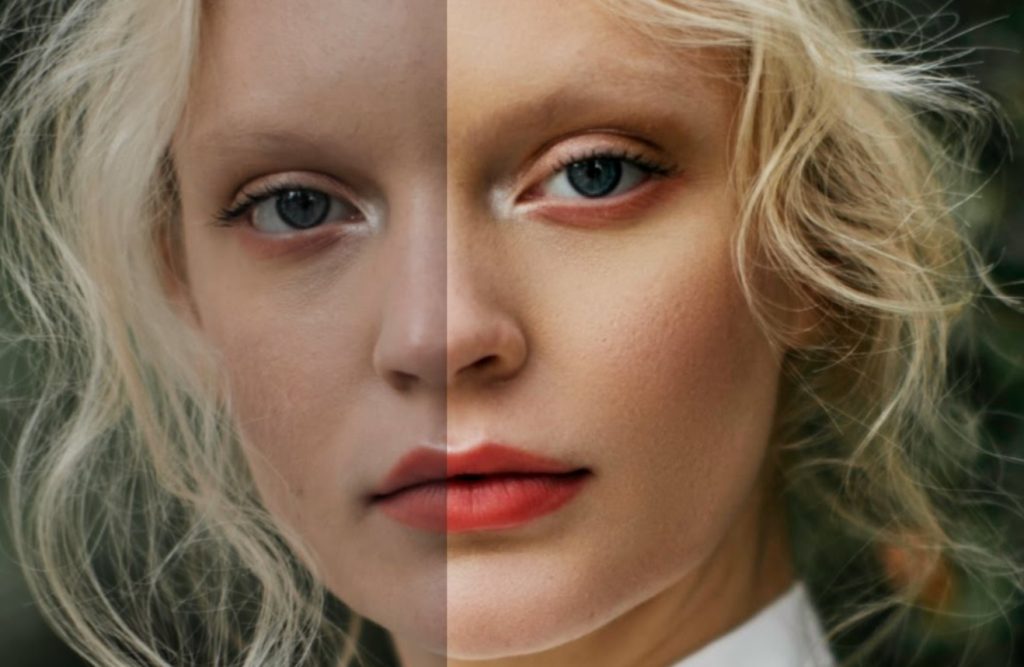
Basic Retouching
It needs to be said that retouched images are usually high-resolution digitals or printed images. In most cases, we can see that basic retouching doesn’t take too much more than 10 minutes. Of course, we are talking about an experienced photographer.
We are talking about smoothing skin, sharpening, brightening teeth, and removing blemishes. In some cases, the professional can add some effects to make the image much more appealing. Plus, creating an artistic style is a possibility. But, be careful not to over-do it.
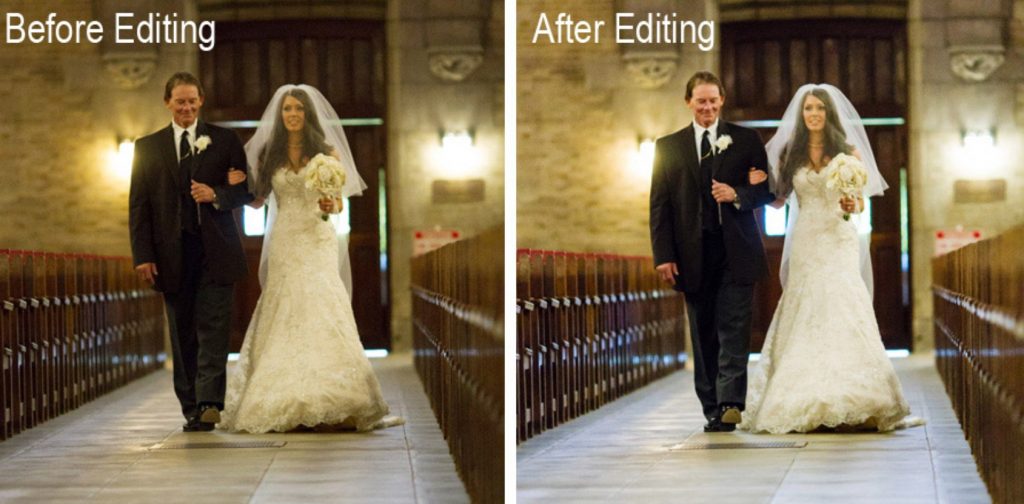
Extensive Retouching
Extensive retouching is a process of compositing a couple of images into one, and changing the background completely. Of course, it needs to be said that this is a process that will take much more time than basic retouching. A professional will need to invest more than half an hour.
Most of the time, extensive retouching is something that is ordered by the client. For example, if a certain part of the image needs to be removed completely, or that the color of the background needs to be changed to some degree. The more complex retouching can even take a couple of hours to complete.
Manipulation
Now, we would like to talk about photo manipulation. It is a process of combining a couple of images, drawing some details, and removing or adding some details into it. Naturally, it requires some serious skills to perform something like this.
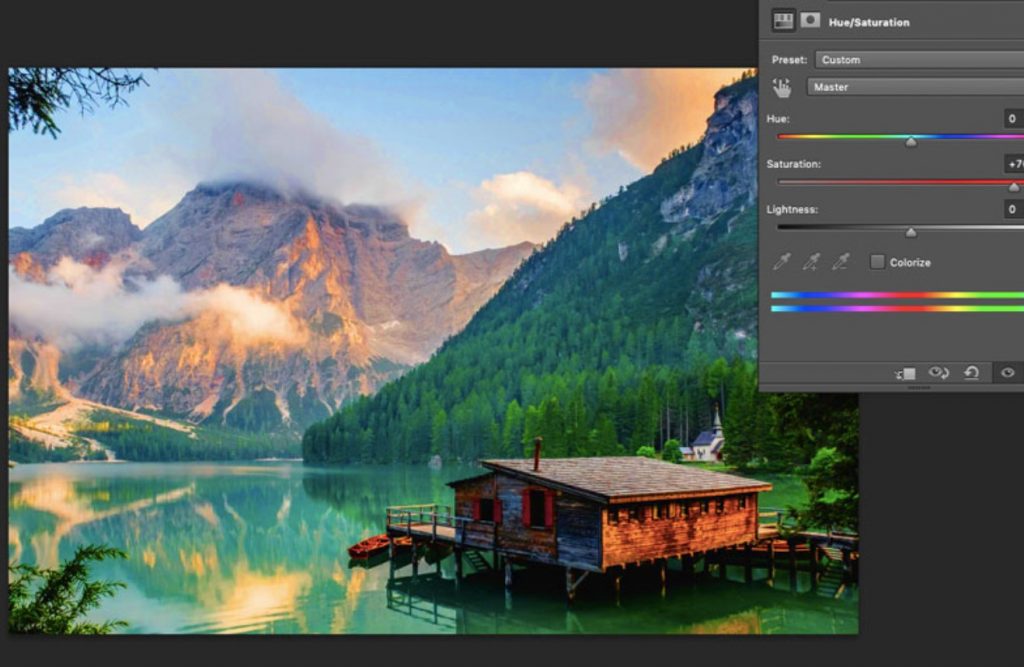
The Bottom Line
Here, we’ve explained the differences between retouching and editing photos. Despite them being widely different, somehow some people still mix them up. Nevertheless, both of them are equally important for the process of making the photo the best it can be. Therefore, before you start working as a photographer, be sure to know these basics.

